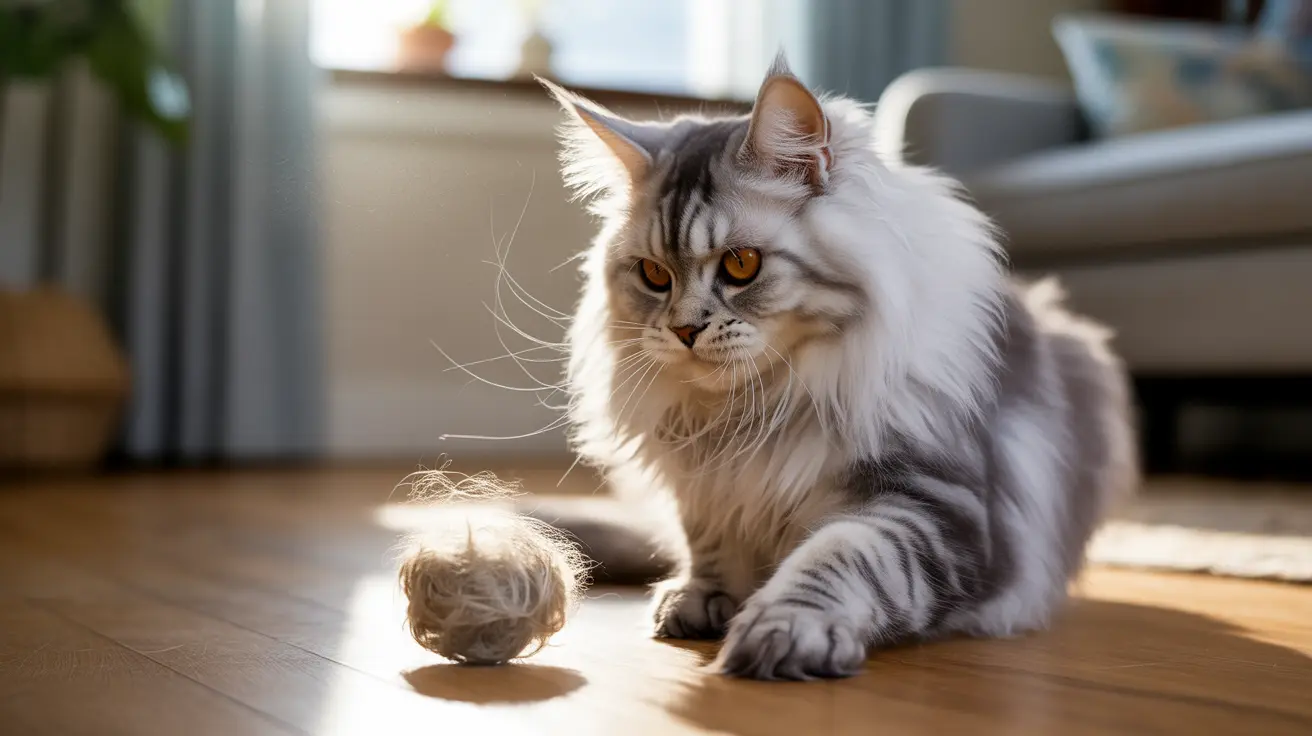Understanding Hairballs: What Every Cat Owner Should Know
Hairballs, scientifically known as trichobezoars, form when cats ingest hair during their regular grooming routine. A cat's tongue is equipped with tiny barbs that catch loose fur, which is then swallowed during the grooming process. While most of this hair passes through the digestive system naturally, some can accumulate in the stomach, forming the familiar tubular masses we know as hairballs.
Despite their name, hairballs are typically more cylindrical than round, reflecting the shape of the esophagus they pass through when cats regurgitate them. This process, while common, shouldn't occur more than once or twice a month in healthy cats.
The History Behind National Hairball Awareness Day
Established in 2006 through collaboration between veterinary professionals and Hill's Pet Nutrition, this awareness day was created to educate pet owners about the significance of hairball prevention and overall feline health. The initiative has since grown into a widely recognized observance that combines education with practical advice for cat owners.
Prevention and Management Strategies
Regular Grooming Routine
Daily brushing is your first line of defense against excessive hairballs. This simple practice removes loose fur before your cat can swallow it during self-grooming. For long-haired breeds, consider professional grooming services every 4-6 weeks.
Dietary Solutions
Special hairball-control cat foods contain increased fiber levels to help move hair through the digestive tract more efficiently. These formulations often include essential fatty acids that promote healthy skin and coat, reducing excessive shedding.
Hydration and Environmental Enrichment
Proper hydration helps maintain digestive health and can prevent hairball formation. Additionally, providing environmental enrichment through toys and activities can reduce stress-related overgrooming, which often contributes to excessive hairball formation.
When to Be Concerned
While occasional hairballs are normal, certain signs warrant immediate veterinary attention:
- Frequent gagging without producing hairballs
- Loss of appetite
- Lethargy or depression
- Constipation or diarrhea
- Persistent coughing or wheezing
Frequently Asked Questions
When is National Hairball Awareness Day and why is it important for cat owners?
National Hairball Awareness Day is observed on the last Friday of April each year. It's important because it educates cat owners about normal versus problematic hairball formation and promotes preventive care measures that can improve their cat's overall health.
What causes hairballs in cats and how can I recognize if they are a health risk?
Hairballs are caused by cats ingesting fur during grooming. While occasional hairballs are normal, frequent hairballs or accompanying symptoms like lethargy, loss of appetite, or constipation may indicate a serious health risk requiring veterinary attention.
How can I prevent hairballs in my cat through grooming and diet?
Regular brushing, specialized hairball-control diets, adequate hydration, and proper nutrition can help prevent excessive hairball formation. Daily grooming sessions and high-fiber foods are particularly effective preventive measures.
What signs indicate that a hairball may be causing a serious medical problem?
Warning signs include frequent unsuccessful attempts to vomit, lethargy, loss of appetite, constipation, diarrhea, and behavioral changes. If these symptoms persist for more than 24-48 hours, consult your veterinarian immediately.
Are there natural remedies or supplements recommended to reduce hairball formation in cats?
Several natural remedies can help, including cat grass, small amounts of pumpkin puree (for fiber), and petroleum-free hairball lubricants. However, always consult your veterinarian before starting any new supplement regimen.
Conclusion
National Hairball Awareness Day serves as a valuable reminder of the importance of proactive pet care. By understanding hairball formation, implementing preventive measures, and knowing when to seek veterinary care, cat owners can ensure their feline companions live healthier, more comfortable lives.






